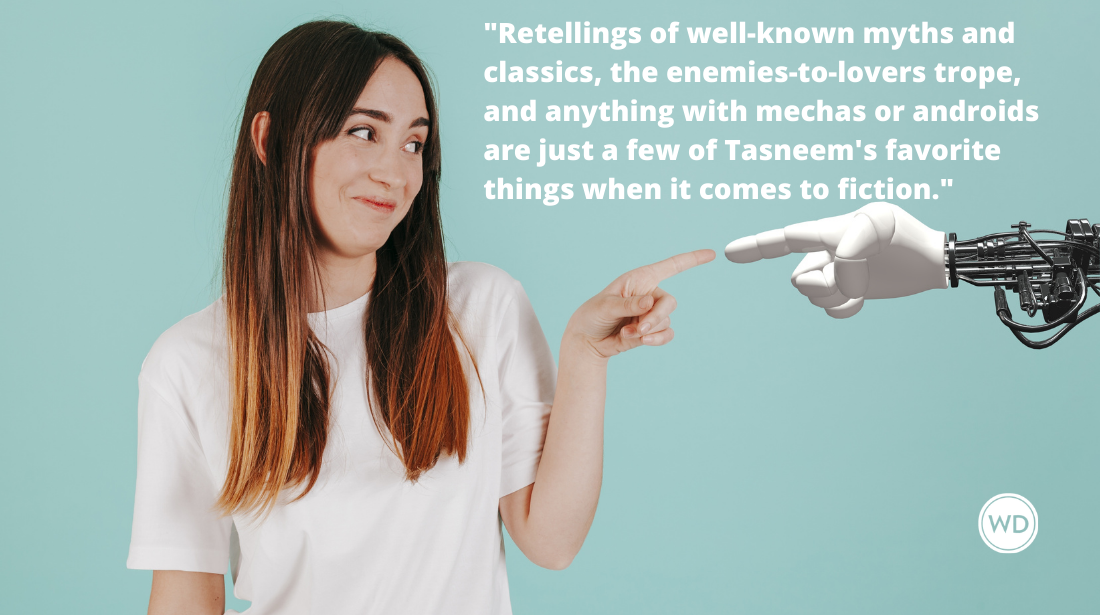How I Got My Agent: Diana Spechler
“How I Got My Agent” is a recurring feature on the GLA blog. Some tales are of long roads and many setbacks, while others are of good luck and quick signings. Diana Spechler is the author of Skinny (Harper, April 2011), which Target chose as a recommended reading title for the summer.
"How I Got My Agent" is a recurring feature on the GLA blog. Some tales are of long roads and many setbacks, while others are of good luck and quick signings. To see the previous installments of this column, click here.
Order a copy of Diana Spechler's Skinny today.
NO NEWCOMER TO REJECTION
If you have been a writer long enough to have written most of a novel, there’s a good chance you’re no newcomer to rejection. Certainly, that was true of me at 25. I had been submitting stories to magazines and literary journals for a few years, and most responses had arrived the good old-fashioned, humiliating way: by mail, on one-sixth of a sheet of printer paper, the implication being, “You are not worth eight and a half by eleven inches.”
Sure, I’d had a few stories accepted, but if I were the masochistic type, I could have wall-papered my apartment with form rejection letters. I was hardened to rejection, I thought. I said things like, “If you want to be a writer, rejection is part of the game,” as if, at 25, I was a veteran soldier.
So when I opened my e-mail inbox one morning to find a message from a literary agent who had read a story I’d published and wanted to see my novel, I assumed I’d woken up on another planet. What was this? There were powers-that-be in the writing world who might actually want something from me?
PAIN ... THEN BACK TO WORK
This extraordinary twist on my relationship with the publishing gatekeepers got me so excited, I almost forgot that I didn’t have a novel. Or rather, I had one, but it was far from complete. It needed an ending, for starters. Not to mention a hundred more drafts. But that didn’t stop me. I wasn’t going to miss this opportunity. So I slapped an ending on that sucker and sprinted to the post office.
The rejection that came weeks later scraped off all of the calluses I’d thought I’d developed. This time, the rejected work wasn’t some short story I’d spent a few months on. This was my novel. These were the characters I’d been living with, sleeping with, and dreaming about. They were my people! They were me. This didn’t feel like writing rejection. It felt like the time in college when my boyfriend, the one I was so in love with I’d begun to dress like him, told me, “This isn’t working out.”
“But it is!” I’d cried, holding on to his leg. “It’s working! I promise!”
I wanted to hold on to the agent’s leg. Instead, I did the only thing I could: I got back to work. I removed the ending, which involved a gratuitous, explosive car accident. And I resumed my natural process, having learned my lesson about rushing.
A YEAR OF INTENSE REWRITING PAYS OFF
A year later, when I finished, I showed my manuscript to Cristina Henriquez, one of my best writer buddies, with whom I’d been exchanging work since we’d met a couple of years before, and with whom I still exchange work today. She thought her agent might like my novel, and asked me if she could show it to her. Cristina’s agent, Kate Lee from ICM, was already on my list of impossible-dream agents, so I couldn’t believe it when, some months later, Kate called me on the phone and told me she wanted to sign me. But first, she wanted to know that I was on board for some rewriting.
I’d already decided that I wanted an agent who would get involved with my revision process. I was young. I knew my writing had flaws. I didn’t want an agent who was going to barely glance at my manuscript and then carpet-bomb the publishing houses, racking up all possible rejections in one move. We worked together on my novel, Who By Fire, for a year and a half before Kate sold it to Harper Perennial, an imprint of HarperCollins.
Since Kate’s first phone call to me in 2005, I’ve never doubted that signing with her was the best decision of my life. Working with her on my second novel, Skinny, reaffirmed that. Skinny touches on some emotionally fraught subjects: body image, the connection between food and love, the obesity epidemic, the diet industry. A lot of people, perhaps women in particular, don’t want to touch that stuff, but Kate, in typical Kate Lee fashion, rolled up her sleeves and got in there, asking me the tough questions, encouraging me to delve deeper. Because of that, the novel improved drastically.
My advice to anyone looking for an agent is three-pronged:
- Don’t rush. Send agents only your very best, most polished work.
- Don’t sign with an agent who doesn’t seem excited by your manuscript. Your agent is your representative. If he’s going to sell your work, he should believe in it.
- Rejection is inevitable. Don’t hang on to anyone’s leg as he walks out the door. Let him walk. Someone better is coming.
Diana Spechler is the author of Skinny (Harper, April 2011), which Target chose as a recommended reading title for the summer. She also wrote Who by Fire (2008). She has written for the New York Times, GQ, The Wall Street Journal online, Esquire, Glimmer Train Stories, and other publications. Spechler has an MFA from the University of Montana and was a Steinbeck Fellow at San Jose State University. She teaches writing in New York City. See her website here. She also tweets.







